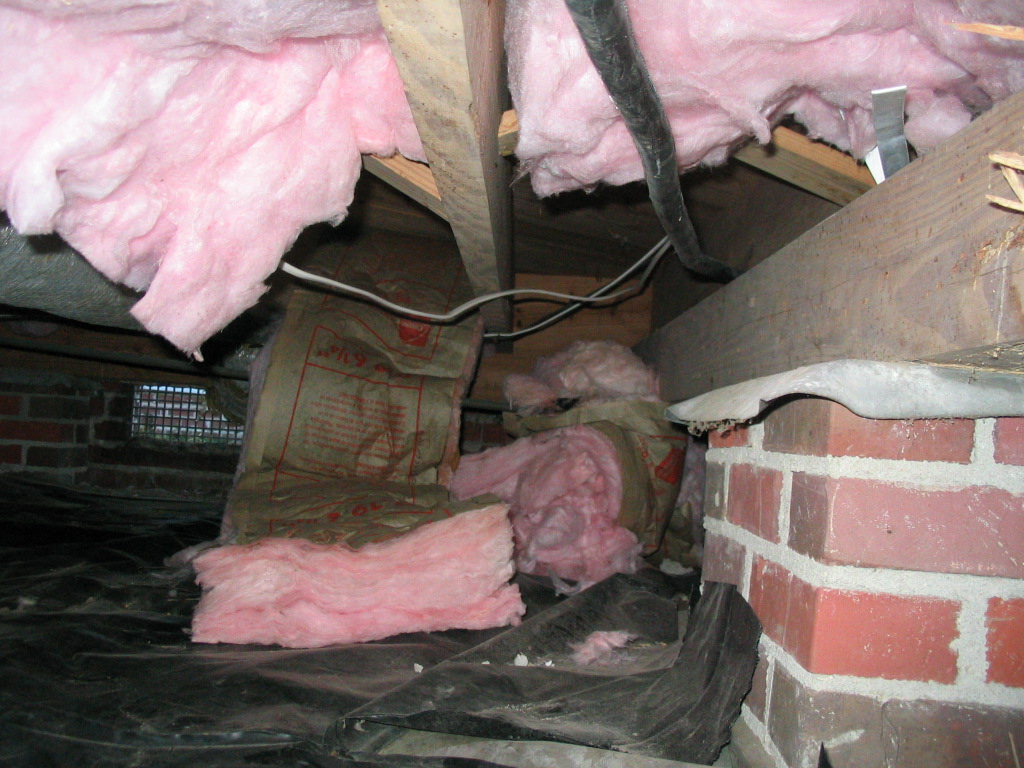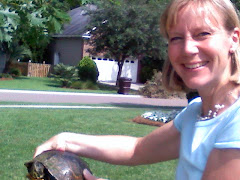I "rescued" the turtle from my front yard and carried him back to a pond across the street last summer. I was concerned a car would run over him as our house was near a busy intersection. I had a choice of three ponds in which to deposit him and chose the one that historically had the most turtles resting on a concrete drain pipe on sunny days. Fewer turtles had been there in recent weeks, so I reasoned he should go back to that pond. I carried him at arms length. Turtles, as a defense mechanism, will urinate or defecate profusely, and I was trying to avoid that issue. I set him down on the bank and he scuttled into the pond.
Two days later, a neighbor alerted us that an alligator had taken up residence in the pond over a month prior. At this point, I knew I probably had not helped this turtle. Perhaps he was aware of the alligator and making his way to one of the other neighborhood ponds. I was trying to help him, but Mother Nature had her own plans and designs. My intervention may have saved him from being run over but probably didn't save him from becoming the alligator's lunch.
Similarly, a few years ago, South Carolina passed legislation changing our property tax system. Sales tax rates increased to provide funding for schools. Property taxes shifted to a Point of Sale program where homes were reassessed for their sales value when they sold. Existing homeowners saw their property tax bills decline as the school funding portion of their bills evaporated with the new legislation. People purchasing homes saw taxes increase after they bought their new home. Real estate agents and homeowners were cautious about disclosing the taxes on properties on the market, knowing that the new owner's taxes would be higher, concerned that higher taxes might dissuade a prospective buyer from purchasing the home.
A few years down the road several unintended consequences have arisen from the Point of Sale tax system:
1) Some next door neighbors paid very different amounts of property taxes depending on when they purchased their homes.
2) Investors were disinclined to purchase properties as higher property taxes made cash flow impossible on rental properties in some areas.
3) Businesses considering locations in South Carolina also became aware of property tax disparities and some chose to locate elsewhere.
4) Sales tax revenues declined as people spent less due to the economy, resulting in less money for the schools. School funding shortages resulted in teacher layoffs and other issues affecting the quality of education and facilities provided to our children.
Now, with the significant decline in real estate sales prices and the overall economy, home buyers are purchasing homes closer to 2006 values. In some cases, with the decline in property value, the taxes could potentially be
less than the previous owner was paying. Significant disparity remains for those who purchased homes in the intervening years before prices fell.
State government, local government, South Carolina Association of Realtors and others are working on tax reform measures but no consensus has been reached. Some propose changes to encourage businesses to locate in the state. Others feel business/commercial, investor, and owner-occupied property taxes should be addressed.
With counties, cities, and schools seeing budget shortfalls, it is clear that more tax money is needed to provide continued services for the public good. Hopefully any resolution will be analyzed from every angle for future unintended consequences, and the tax burden will be fairly and equitably distributed among all sectors.
It's hard to predict how natural systems or the economic/financial systems will react to changes. Sometimes, even with the best of intentions, we make things worse!!



















